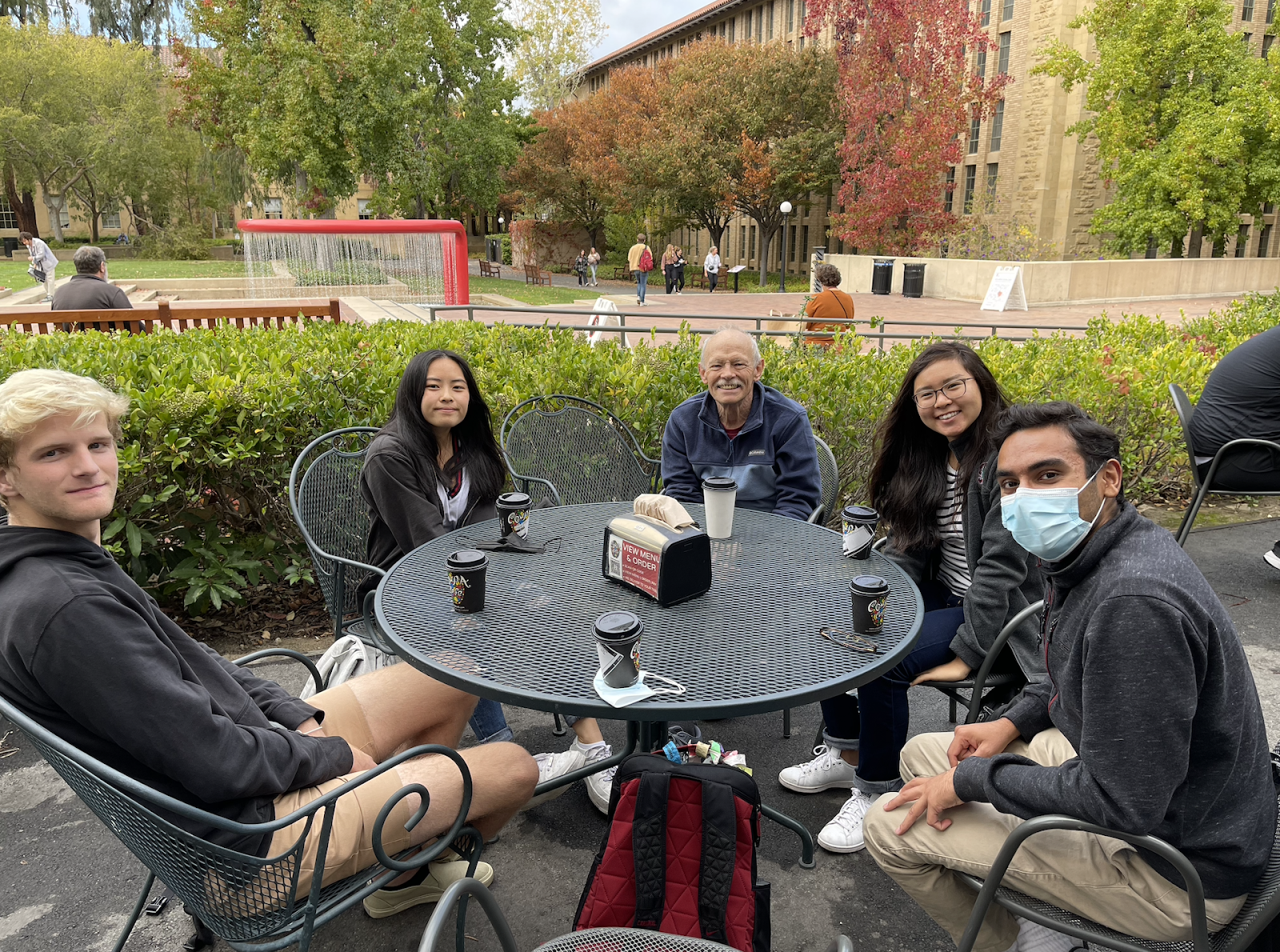Humans of SymSys: Haroun Ahmed
/Tell us about yourself!
Hello! I am a Master's Student studying Symbolic Systems, with coursework primarily in Computer Science and Neuroscience. I took a few quarters off of school to work at Slack as a technical architect during COVID.
What is your concentration and why did you choose it?
Master's degrees don't have concentrations, but my undergraduate degree was in cognitive neuroscience and I self-taught a lot of the technical background to become more well-versed in artificial intelligence topics.
What's your favorite class that you’ve taken so far? (SymSys-related, or not)
My non-SymSys related class is ENGR 248 (Principled Entrepreneurial Decisions). I still talk to the professors and it's a wonderful class for learning how to apply ideas to real life. My SymSys-related recommendation is PHIL 167D (Philosophy of Neuroscience). It's a seminar style course and I got the worst grade of my life from that class on my very first paper in that class. The professor knew I wrote the paper at the last minute and was willing to challenge me. She wouldn't just let anyone BE there–participation was key. In the end, I got a lot out of the class. I really respected the journey.
Are you involved in research? If so, tell us about a project you are working on:
I work with the Stanford Center for Deliberative Democracy on using natural language processing techniques to analyze deliberative polling. Essentially, we get transcripts on polling seminars from across the country, where we poll focus groups on an issue such as gun control or abortion. Then, the participants take seminars with unbiased experts and are polled again. We use natural language processing for key words and other nuances.
What is your experience with applying SymSys knowledge in industry?
I would say so. I've worked in enterprise AI and various industries, and I've found that SymSys gives you what is required from a data and computational background. You can understand how people think and an element of cooperation.
What is one piece of advice you'd like to offer to younger students?
There is a lot of emphasis for undergrads to do well in classes, but so much more to college experience than just classes. Don't be afraid to make connections and reach out whether that be people in your dorm or professors. Professors love nurturing students and are passionate about it. As I like to say, closed mouths don't get fed. Take advantage of Stanford and all its resources.
What's the most memorable moment for you during your time at Stanford?
When I first declared Cog Sci as an undergrad, I read Incognito: The Secret Lives of the Brain by David Eagleman. I liked the style of writing and breaking down foundational science principles for the average person. Much later, I watched the first season of Westworld and realized that the chief science advisor for the show was David Eagleman, the author. Finally, he recently moved to Stanford, and through a series of connections, I was able to meet him and he signed my book! That was amazing.
What do you like to do for fun during your free time? What activities were you involved in at Stanford?
I love playing basketball, listening dance music, and going to concerts and festivals. I've also solo backpacked across 32 countries. There is this one beach town in Nicaragua where everyone comes in on Sunday and throws a massive party and then leaves the next day. At Stanford, I'm involved in CS+Social Good and was the former president of SymSys Society.
What’s the coolest (loosely) SymSys-related topic that you’re excited about right now?
GPT-3 and open AI are fascinating advancements we are making, the idea of making symbolic constructs ideas into computational abstractions.
What are your future plans?
"What are you, my parents?"
Just kidding. I'm currently working on building a start-up and raising funding. The start-up focuses on building up the music space in Web3, allowing independent, emerging musicians to create digital collectibles and currencies for fans, etc. Of course, I'm also looking forward to traveling–I'm thinking South Africa next.
Thanks so much, Haroun!
Check out http://harounahmed.com/ for more from him.






